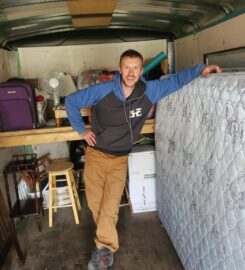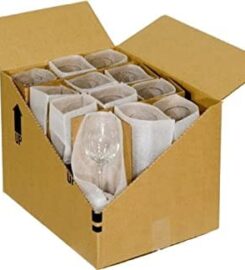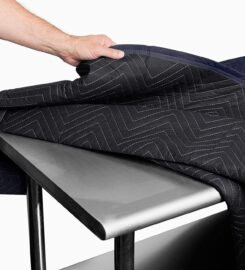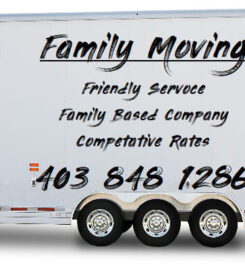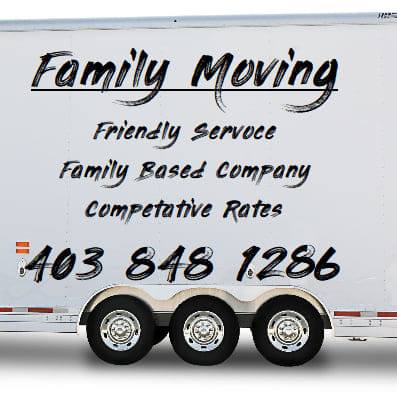
FAMILY MOVING 403-848-1286 Red Deer/Innisfail AB
moving, mover, family moving, deliveries, hauling, transportation, storage
Moving & Storage Service
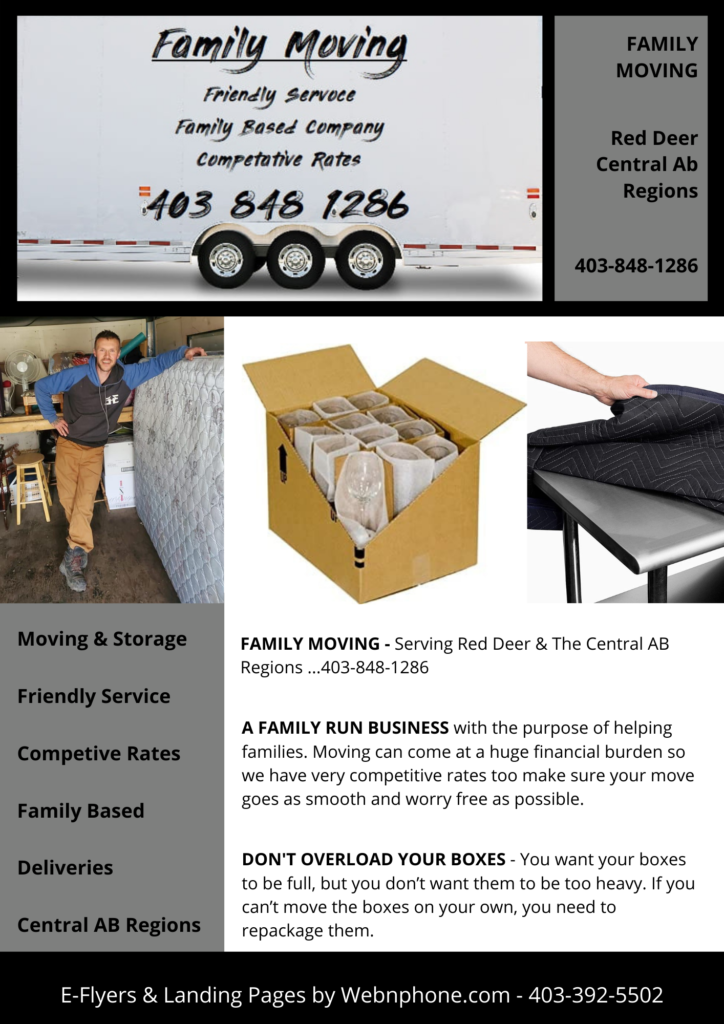
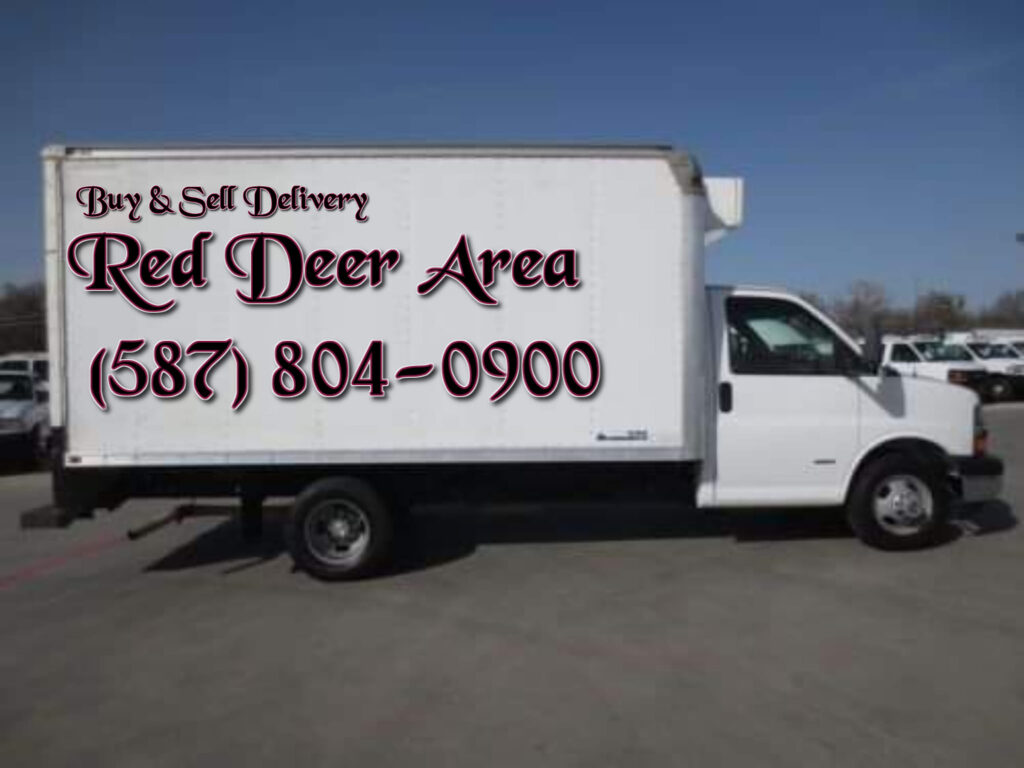
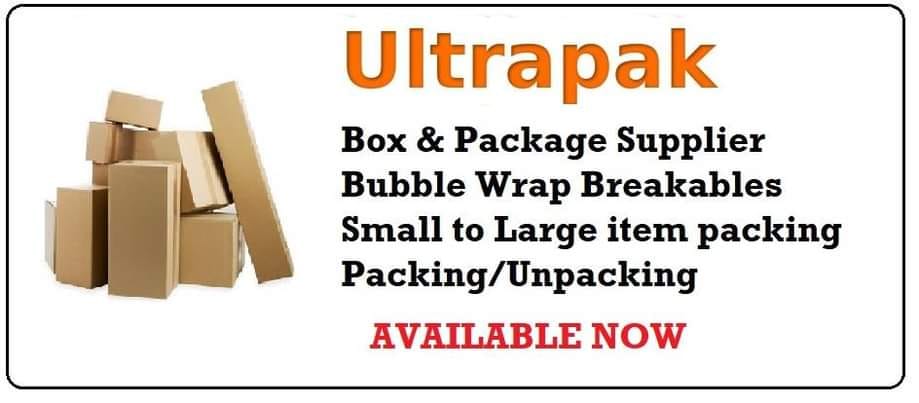
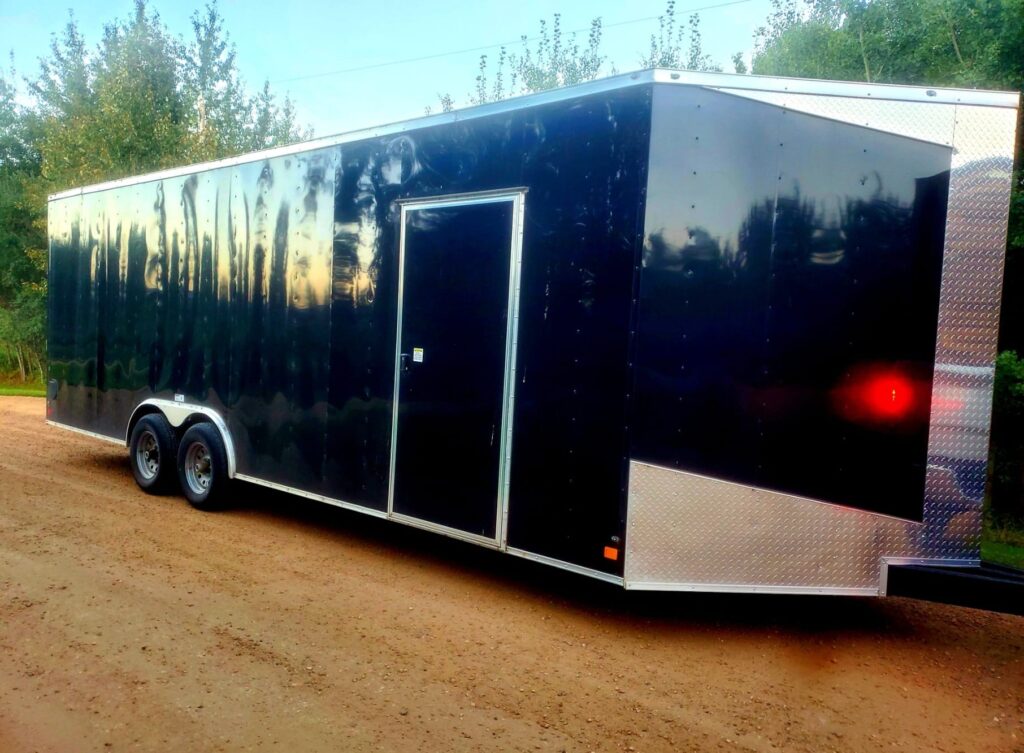
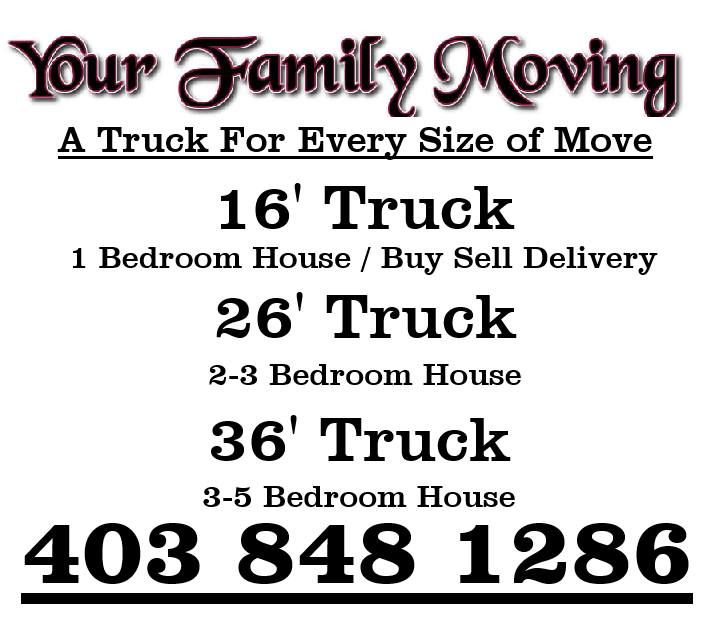
FAQs
ABOUT US
FAMILY MOVING
403-848-1286
Red Deer/Innisfail AB
familymovingab@gmail.com
FAMILY MOVING is a family run business with the purpose of helping families. Moving can come at a huge financial burden so we have very competitive rates too make sure your move goes as smooth and worry free as possible.
HOW TO PROPERLY PACK BOXES:
A properly packaged moving box isn’t just random items stuffed into a box. Though this may seem easier at first, unpacking will turn into a nightmare, and your possessions have a higher chance of breaking during the move.
There are actually several systems that will make your packing, traveling, and unpacking again easy and risk-free.
Take a look at this guide to learn the correct way to package cardboard boxes and prepare for your move.
Don’t Overload Boxes
You want your boxes to be full, but you don’t want them to be too heavy. If you can’t move the boxes on your own, you need to repackage them. Leaving a box that’s too heavy the way it is means you’ll need at least two people to carry it, and that can be more trouble than it’s worth.
So what’s the right amount of weight for cardboard boxes? Well, that depends on the size. Usually, you don’t want your boxes to weight anything over 30 pounds (unless you can move heavier amounts easily). But if you have a large box, it could get a lot heavier.
Check the bottom of your cardboard box before you pack. Most moving boxes will have a weight limit on the bottom. This number is a good place to start. And Always Use Small Boxes
You might think packing 10 big boxes will be easier than packing 30 small ones, but then you’re stuck with the same problem. If you can’t move the boxes on your own, you’ve made a harder job for yourself in the long run.
Always stick with smaller boxes. It might take a little longer to pack them all up, but they will be a lot easier to move and transport. Consider the Weight of What You’re Packing. Some items are so heavy small boxes still aren’t small enough.
Imagine stuffing a box full of books. Even though you can usually move that size box without a problem, when it’s full of books, it becomes a different story. Extremely heavy items like books should be packed in small amounts, even smaller than your normal boxes. It might be frustrating to separate these items into small stacks, but unless you want to struggle with a heavy box, it’s the way to go.
Pack Your Boxes So They’re Completely Full. Didn’t you just say not to overload our boxes? Yes, but there is a difference between overloading a box and packing it completely full. You don’t want your boxes to be too heavy to move, but you do want them to be full to the brim.
Why is this?
Because boxes get stacked during transportation, and if a box isn’t completely full, it’s likely to collapse. If you don’t have enough kitchen items to fill your last kitchen box, fill the remaining space with paper or other packaging supplies before you close it. This will keep it from smashing and damaging what’s inside.
If You Can’t Close the Lid, Take Something Out. The lid of your box should be able to close easily. If the lid is bent or bulging when you close it, take a few items out and try again. Overstuffed boxes can rupture during the move, so it’s always better to grab an extra box instead of trying to cram the last few things into one that’s already full.
How to Properly Pack Cardboard Boxes
Damaging items during a move is frustrating, but knowing the right packing methods can significantly lower the risk of anything breaking. Take a look at these packing tips to make sure your items are being safely prepared for the move.
1. Line the Bottom with Cushion
Before anything goes in the box, line the bottom with paper or packing peanuts. This will give the things you put inside a buffer between them and whatever they are stacked on top of.
2. Put Heavy Items on the Bottom
Heavy items should go into the box first. This gives the box a solid base, but it also keeps lighter items from being smashed under the weight.
3. Individually Wrap Items
If you’re packing fragile items, like dishware, glass, or anything else that’s breakable, wrap each item in its own sheet of paper. If you stack these fragile items without this extra protection, a sudden shift or movement could cause them to break.
4. Tape the Box
Use something strong like packing tape. Tape that’s not designed to package boxes may pop off during the trip.
You should also tape both the top and the bottom of the box. Though the bottom may seem secure, the boxes could be flipped or fall over when they’re transported. A bottom that’s not properly sealed could spill your items.
5. Label Each Box
Label each box with the room it belongs in. This will make it easier to unload when you get to your new home, especially if you are working with a team of movers.
Using a numbering system can help you keep track of the number of boxes for each room. And if one gets misplaced, you’ll know sooner rather than later.
Don’t put a list of everything that’s inside on the box. This will make it easy for potential thieves to see what’s in each box and take what they want. A simple room title should suffice.
Pack Your Cardboard Boxes Carefully
Moving is already a stressful process, so you don’t need to add smashed or ruptured boxes, broken possessions, or misplaces boxes into the mix.
Get boxes you’ll still be able to move when they’re full. Don’t force too many things into one box. And make sure any fragile items are individually wrapped.
If you follow these packing tips, you won’t have to worry about your belongings when you’re on the road.


